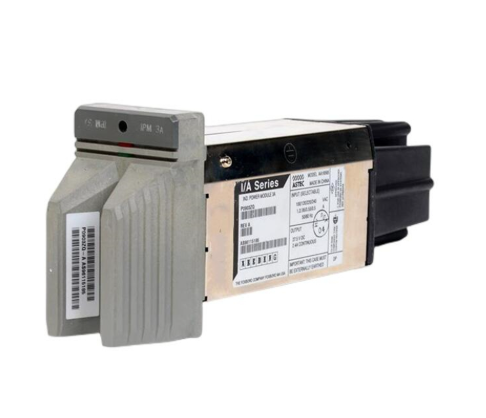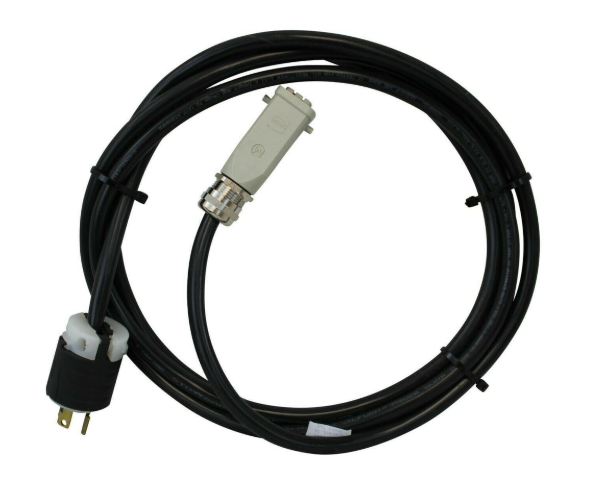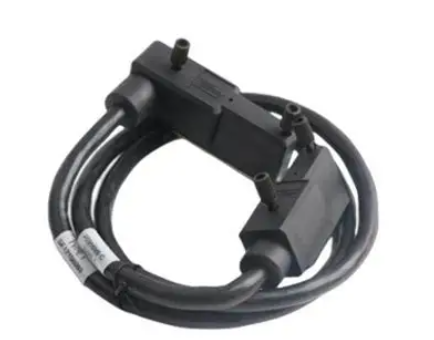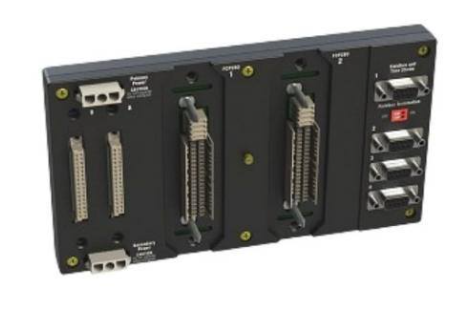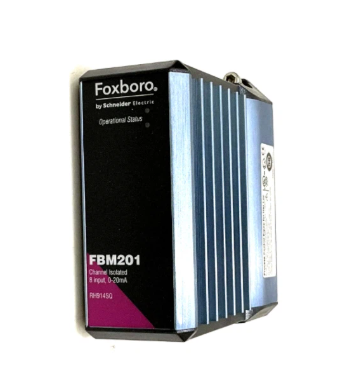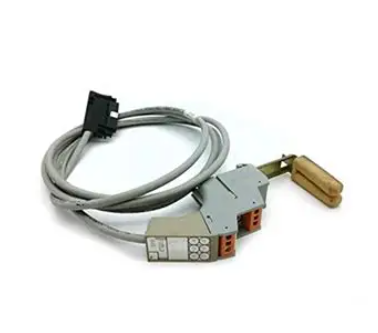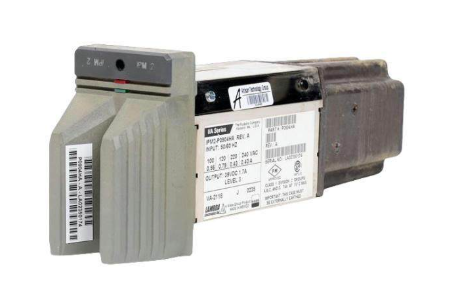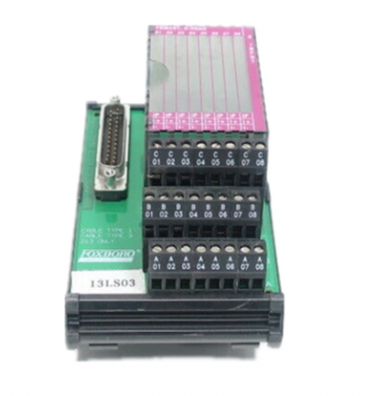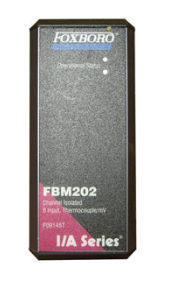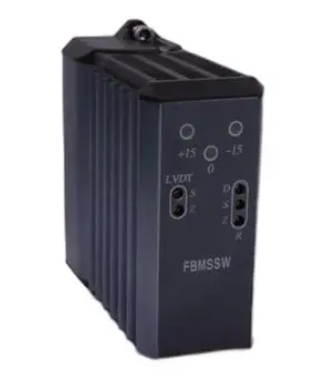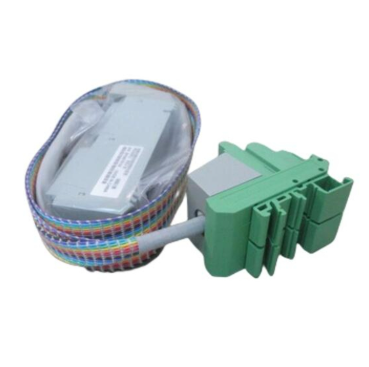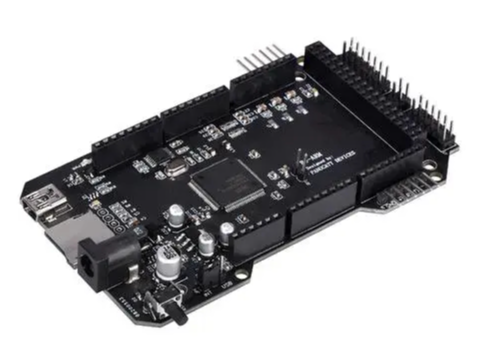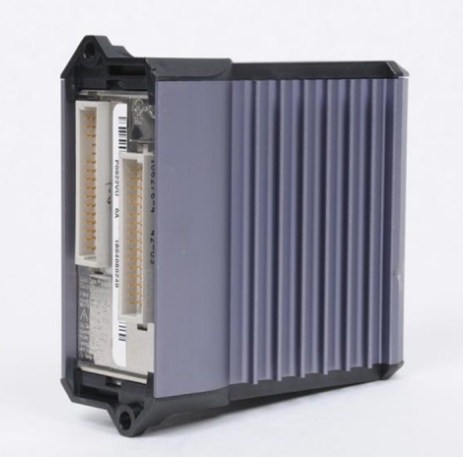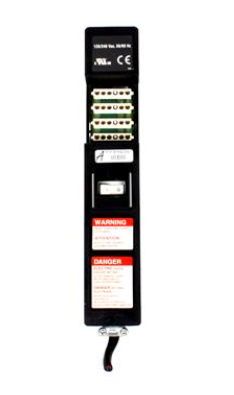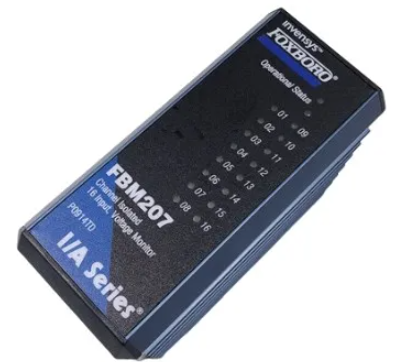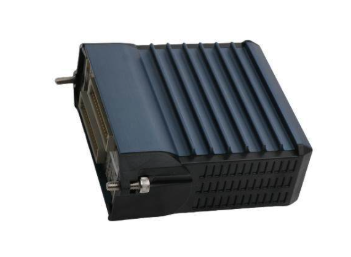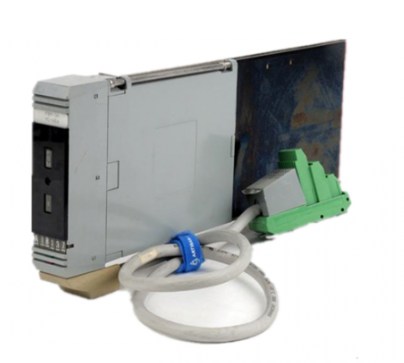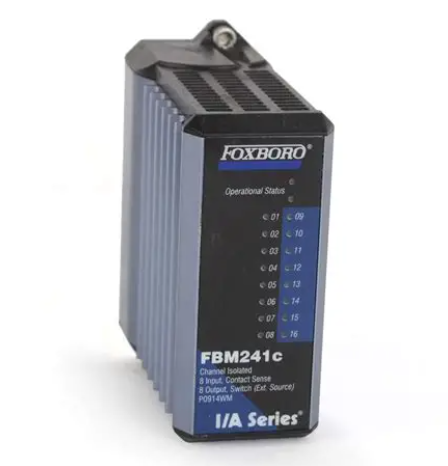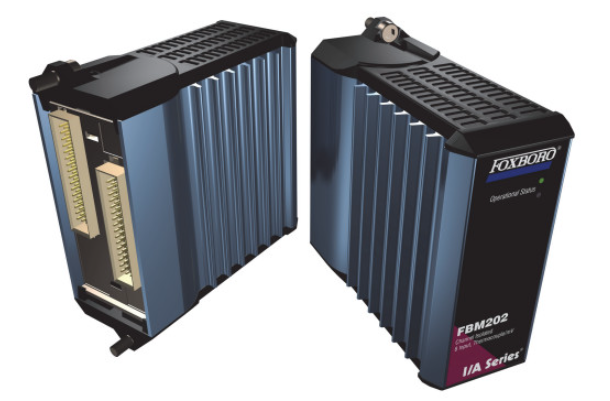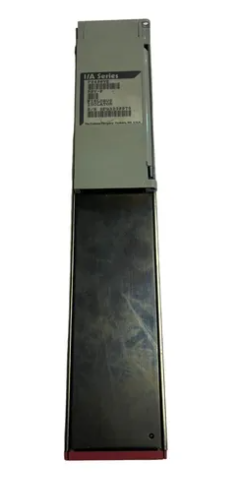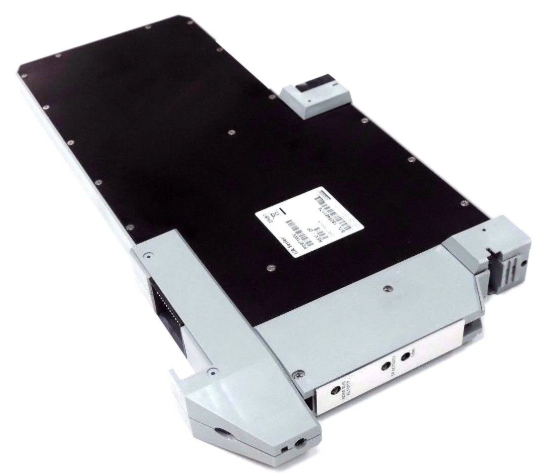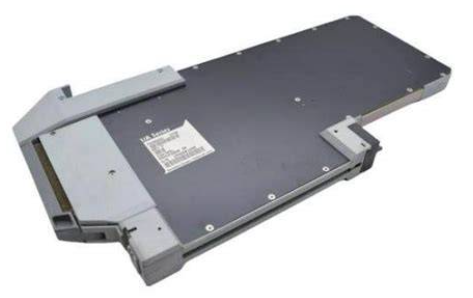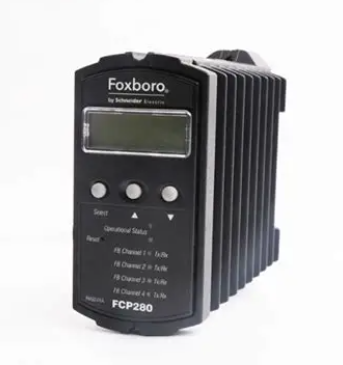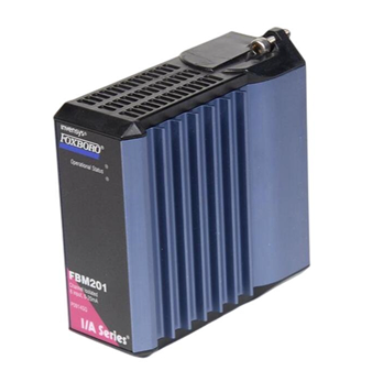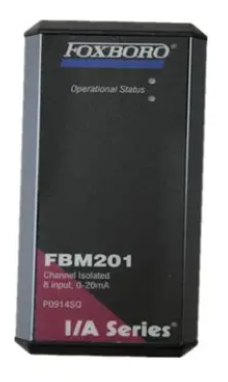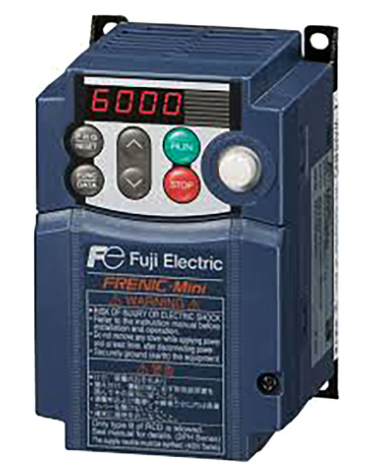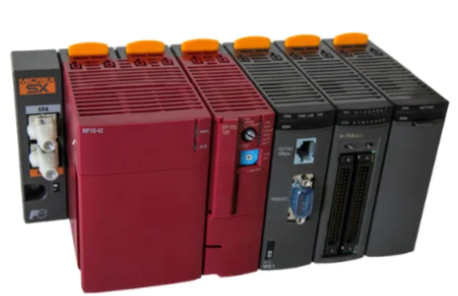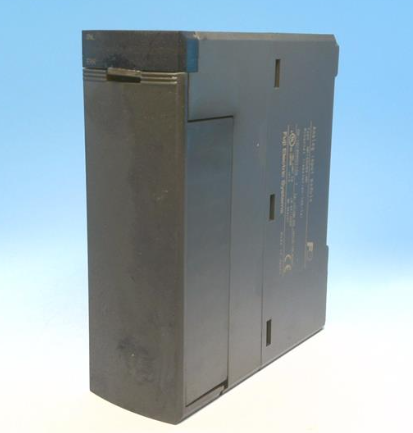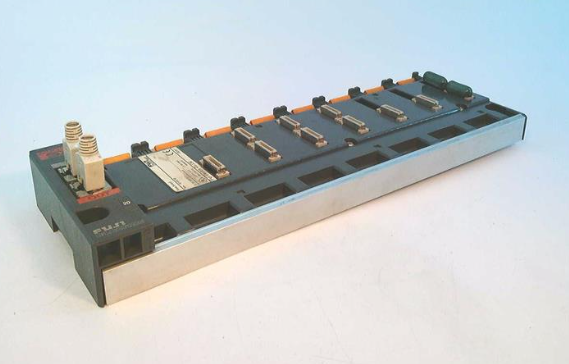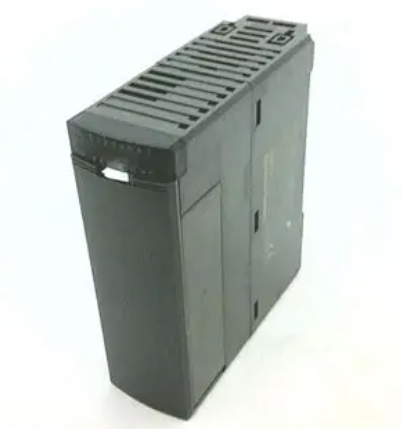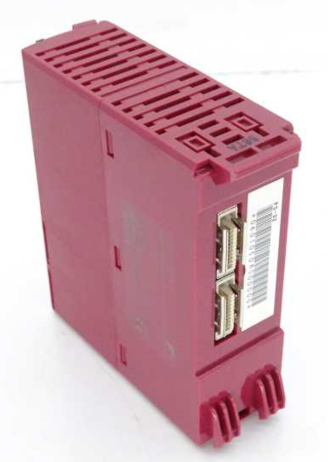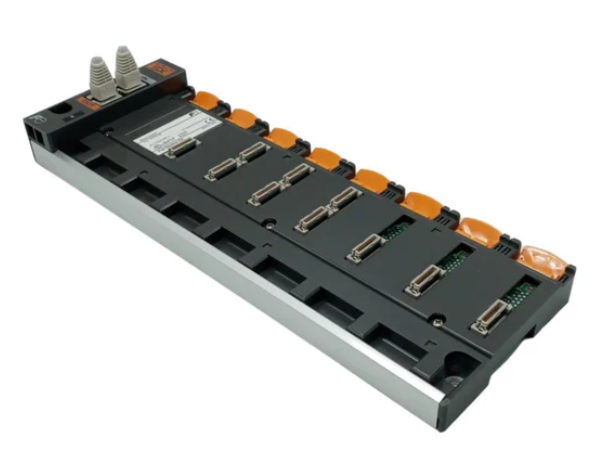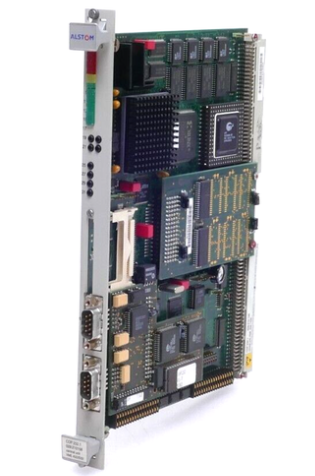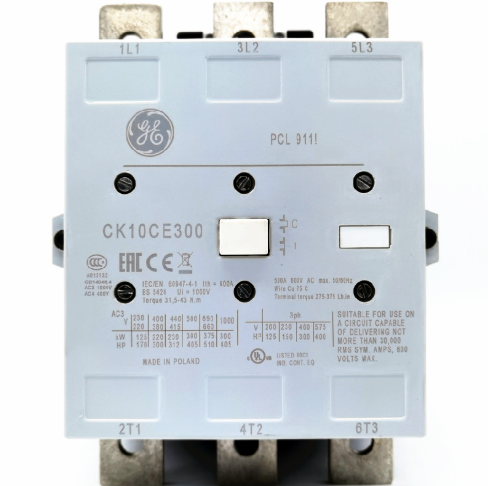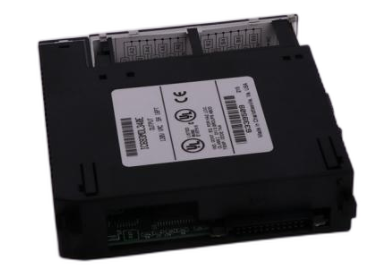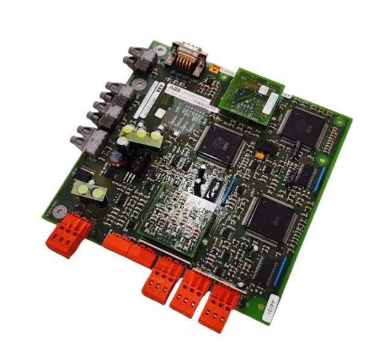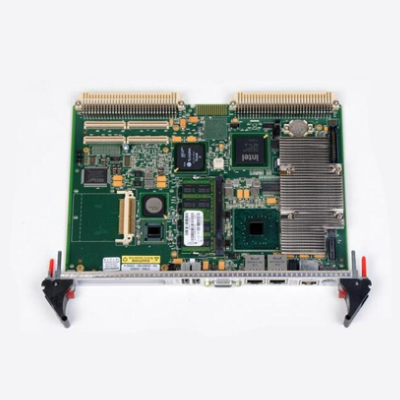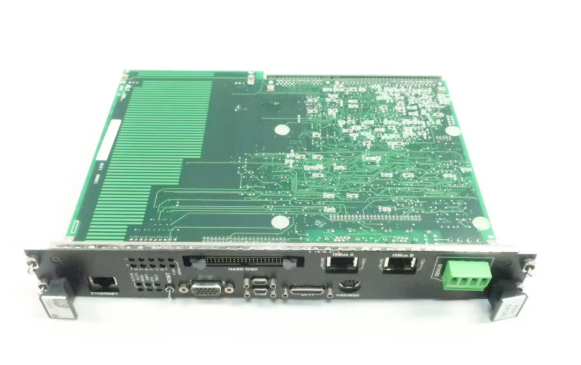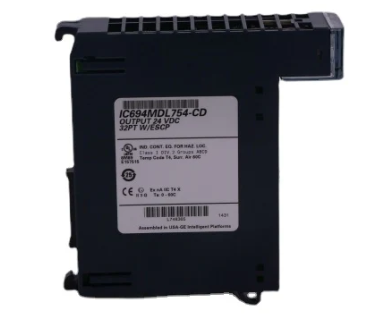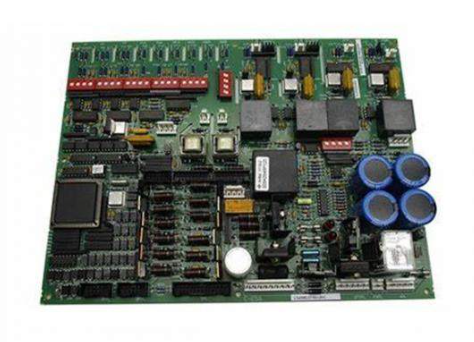Foxboro Evo ™ Compact 200 Series I/O Subsystem
Foxboro Evo ™ Compact 200 Series I/O Subsystem
Subsystem Overview and Core Positioning
1. Design objectives
The Compact 200 Series I/O subsystem is a distributed control electronic device designed for industrial sites. Its core design goal is to reduce on-site wiring costs and improve system flexibility through distributed deployment, while maintaining compatibility with Foxboro legacy systems, meeting the modern industrial demand for high reliability and high-precision control.
2. Core values
Cost optimization: Distributed deployment significantly reduces the procurement and installation costs of on-site cables, cable trays, and conduits, and lowers the initial project investment;
Strong compatibility: compatible with existing I/A Series ® The system's 200 Series I/O devices and outdated 100 Series I/O devices are fully compatible, supporting seamless upgrades of existing systems and protecting users' existing investments;
Flexible deployment: With the help of Fast Ethernet network, device domain communication can be achieved, and I/O points can be flexibly selected for local centralized deployment or remote distributed deployment according to the factory layout;
Environmental adaptation: With the ability to adapt to harsh environments, it can operate stably in complex scenarios such as pollution, high temperatures, and potential explosions.
Hardware composition system
(1) Control processor module
As the "brain" of the subsystem, the control processor is responsible for connecting the fieldbus module (FBM) with the control network, implementing control logic operations and data transmission. It is divided into three core models:
Model Form and Adaptation Scenario Core Functions
FCP280 (Field Control Processor 280) compact module provides control interface between FBM and control network, supports up to 4 HDLC fieldbus, and can connect 128 200 Series FBMs or 100/200 Series hybrid FBMs (up to 64 for 100 Series); Supports dual baud rate function and can work together with FBI200 to adapt to 100/200 Series FBM
FCP270 (Field Control Processor 270) compact module has similar functionality to FCP280, supporting up to 32 200 Series FBMs (without FEM100) or 128 (with FEM100), and up to 64 100 Series FBMs; Need to be paired with FBI100 to achieve dual baud rate communication with 100 Series FBM
ZCP270 (Z-Module Control Processor 270) Z-module form adaptation for 100 Series FBM rack, supporting control operations for 100/200 Series FBM; Through FCM100E/Et expansion, a single ZCP270 can connect up to 128 100/200 Series FBMs
(2) Fieldbus Module (FBM): Core Function Carrier
FBM is the core I/O module of the subsystem, responsible for collecting on-site sensor signals and executing control command outputs. It has high integration and reliability characteristics and can be divided into the following categories according to its functions, covering various signal requirements in industrial sites:
1. Core features of the module
Full coverage of signal types: Supports 0-20mA/4-20mA current signal, 0-10V voltage signal, thermocouple, RTD (platinum/nickel/copper material) HART ® Communication, discrete (digital) input/output, pulse signals, etc;
Isolation level classification:
Channel isolation: Each channel is completely galvanic isolated from other channels, grounding, and module logic, suitable for scenarios with high precision and anti-interference requirements;
Differential isolation: There is no isolation between channels, but they are isolated from grounding and module logic, supporting voltage differences between channels without additional error compensation;
Group isolation: Input channels are isolated from grounding and module logic as a group, and some models can achieve channel level isolation through terminal components (TA);
Redundancy support: Some models support redundant configurations (such as FBM216b, FBM218, FBM248), which need to be installed in pairs and paired with redundant adapters; Some models are "redundancy ready" (such as FBM207b, FBM237), which can flexibly switch between single module/dual module redundancy modes.
2. Key model function details
Module Series Core Model Function Description Typical Applications
Analog input (AI) FBM201 8-channel 0-20mA input, isolated channel for ordinary current signal acquisition (such as pressure and flow sensors)
FBM202 8-channel thermocouple/millivolt input, channel isolation temperature measurement (thermocouple signal)
FBM203/c/d 8-channel RTD input (platinum/nickel/copper, 2/3/4 wire system), channel isolated high-precision temperature measurement (RTD sensor)
FBM214b 8-channel 4-20mA HART ® Input, channel isolation with HART ® Intelligent sensor data collection protocol
Analog I/O (AI/AO) FBM204 8-channel 0-20mA (4 in 4 out), simple control scenario where channel isolation requires simultaneous acquisition and output
FBM208 8-channel 0-20mA (4 in 4 out), redundant with read back, analog control circuit with high reliability requirements for channel isolation
Analog Output (AO) FBM215 8-Channel 4-20mA HART ® Output, channel isolation with HART ® Protocol executor control
- EMERSON
- Honeywell
- CTI
- Rolls-Royce
- General Electric
- Woodward
- Yaskawa
- xYCOM
- Motorola
- Siemens
- Rockwell
- ABB
- B&R
- HIMA
- Construction site
- electricity
- Automobile market
- PLC
- DCS
- Motor drivers
- VSD
- Implications
- cement
- CO2
- CEM
- methane
- Artificial intelligence
- Titanic
- Solar energy
- Hydrogen fuel cell
- Hydrogen and fuel cells
- Hydrogen and oxygen fuel cells
- tyre
- Chemical fiber
- dynamo
- corpuscle
- Pulp and paper
- printing
- fossil
- FANUC
- Food and beverage
- Life science
- Sewage treatment
- Personal care
- electricity
- boats
- infrastructure
- Automobile industry
- metallurgy
- Nuclear power generation
- Geothermal power generation
- Water and wastewater
- Infrastructure construction
- Mine hazard
- steel
- papermaking
- Natural gas industry
- Infrastructure construction
- Power and energy
- Rubber and plastic
- Renewable energy
- pharmacy
- mining
- Plastic industry
- Schneider
- Kongsberg
- NI
- Wind energy
- International petroleum
- International new energy network
- gas
- WATLOW
- ProSoft
- SEW
- wind
- ADVANCED
- Reliance
- YOKOGAWA
- TRICONEX
- FOXBORO
- METSO
- MAN
- Advantest
- ADVANCED
- ALSTOM
- Control Wave
- AB
- AMAT
- STUDER
- KONGSBERG
- MOTOROLA
- DANAHER MOTION
- Bently
- Galil
- EATON
- MOLEX
- Triconex
- DEIF
- B&W
- ZYGO
- Aerotech
- DANFOSS
- KOLLMORGEN
- Beijer
- Endress+Hauser
- MOOG
- KB
- Moxa
- Rexroth
- YAMAHA
- Johnson
- Westinghouse
- WAGO
- TOSHIBA
- TEKTRONIX


Email:wang@kongjiangauto.com

